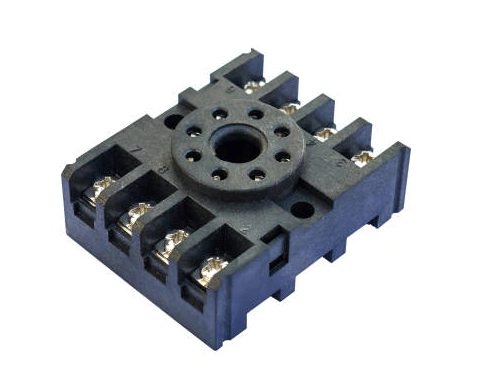
Electrodynamic time relay is a kind of relay that realizes time delay by motor driving mechanical structure. Its main components include motor, deceleration mechanism, timing mechanism and contact. If you want to know more about time relays, this article will summarize relevant knowledge for you to provide you with a comprehensive understanding and understanding.
Ⅰ. Time relay type
1. Electric time relay
Electrodynamic time relay is a kind of relay that realizes time delay by motor driving mechanical structure. Its main components include motor, deceleration mechanism, timing mechanism and contact. When the circuit is energized, the motor begins to rotate, driving the timing mechanism to time, when the timing time reaches the set time, the contact action, control the circuit switch.
There are two main wiring methods of electric time relay: one is a series wiring method, that is, the time relay is placed in the load circuit of the circuit, so that the load circuit is disconnected or connected with time delay; The other is the parallel connection mode, that is, the time relay is placed in the control circuit of the circuit, so that the control circuit is opened or closed with time delay.
2. Electronic time relay
Electronic time relay is a kind of relay that realizes time delay through electronic components. Its main components include timing chip, contact and so on. When the circuit is powered on, the timing chip starts timing, and when the timing time reaches the set time, the contact moves to control the circuit switch.
The wiring mode of electronic time relays is similar to that of electric time relays, and can also be connected in series or in parallel.
3. Thermal relay
Thermal relay is a kind of relay that realizes time delay through the principle of thermal expansion. Its main components include thermal components, mechanical structures and contacts. When the circuit is energized, the thermal sensor begins to heat, and when the heating time reaches the set time, the mechanical structure is heated and expanded to control the circuit switch.
Ⅱ, The wiring mode of the time relay
Series connection system
The series connection mode is to place the time relay in the load circuit of the circuit, so that the load circuit is disconnected or connected with the time delay. The specific wiring methods are as follows:
First, connect the positive terminal of the power supply to the normally open contact of the time relay, and connect the negative terminal of the power supply to one end of the load circuit. Then, connect the normally closed contact of the time relay to the other end of the load circuit. Finally, connect the other end of the load circuit to the negative terminal of the power supply.
Parallel connection system
The parallel connection mode is to place the time relay in the control circuit of the circuit, so that the control circuit opens or closes with time delay. The specific wiring methods are as follows:
First, connect the positive electrode of the power supply to the normally open contact of the time relay, and connect the negative electrode of the power supply to the common end of the time relay. Then, the signal source of the control circuit is connected to the control end of the time relay. Finally, the negative terminal of the control circuit is connected to the common terminal of the time relay.
It should be noted that different types of time relays are different when wiring, and the appropriate wiring mode should be selected according to the specific use scenario and control requirements, and the wiring should be carried out in accordance with the wiring diagram on the manual. In addition, when wiring, it is also necessary to pay attention to the safety of the circuit to ensure the normal operation of the circuit and avoid the occurrence of circuit failures and safety accidents.
The Products You May Be Interested In
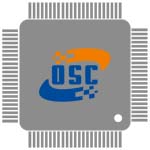 |
AMI-28-16-6 | LINE FILTER 110/250VAC 16A CHAS | 212 More on Order |
 |
AMI-27A-16-3 | LINE FILTER 250VAC 16A CHASS MNT | 155 More on Order |
 |
AMI-27B-12-1 | LINE FILTER 250VAC 12A CHASS MNT | 242 More on Order |
 |
AMI-M12W-3-10-D | LINE FILTER 250VAC 3A CHASS MNT | 300 More on Order |
 |
AMI-28A-10-1 | LINE FILTER 110/250VAC 10A CHAS | 110 More on Order |
 |
AMI-26A-16-3 | LINE FILTER 250VAC 16A CHASS MNT | 427 More on Order |
 |
AMI-23-20-6 | LINE FILTER 250VAC 20A CHASS MNT | 417 More on Order |
 |
AMI-27B-6-3 | LINE FILTER 250VAC 6A CHASS MNT | 371 More on Order |
 |
AMI-M12M-8-3-B | LINE FILTER 250VAC 8A CHASS MNT | 469 More on Order |
 |
AMI-M11N-1-6-B | LINE FILTER 250VAC 1A CHASS MNT | 440 More on Order |
 |
AMI-M12R-1-10-B-2 | LINE FILTER 250VAC 1A CHASS MNT | 168 More on Order |
 |
AMI-M12S-7M-5-B-2 | LINE FILTER 250VAC 7A CHASS MNT | 288 More on Order |
 |
AMI-29-6-3 | LINE FILTER 110/250VAC 6A CHAS | 418 More on Order |
 |
AMI-29A-4-3 | LINE FILTER 110/250VAC 4A CHAS | 437 More on Order |
 |
AMI-M11A-1-1-B | LINE FILTER 250VAC 1A CHASS MNT | 239 More on Order |
 |
AMI-M11K-7M-10-B-1 | LINE FILTER 250VAC 7A CHASS MNT | 480 More on Order |
 |
AMI-M11D-3-1-B-2 | LINE FILTER 250VAC 3A CHASS MNT | 499 More on Order |
 |
AMI-M32A-10-55-E | LINE FILTER 55A CHASSIS MOUNT | 299 More on Order |
 |
AMI-M11P-6-30-B | LINE FILTER 250VAC 30A CHASS MNT | 486 More on Order |
 |
AMI-26-10-1 | LINE FILTER 250VAC 10A CHASS MNT | 111 More on Order |
 |
AMI-M12AA-1-6-B | LINE FILTER 250VAC 6A CHASS MNT | 428 More on Order |
 |
AMI-22B-12-1 | LINE FILTER 250VAC 12A CHASS MNT | 496 More on Order |
 |
AMI-22-10-3 | LINE FILTER 250VAC 10A CHASS MNT | 330 More on Order |
 |
AMI-21B-10-1 | LINE FILTER 250VAC 10A CHASS MNT | 130 More on Order |

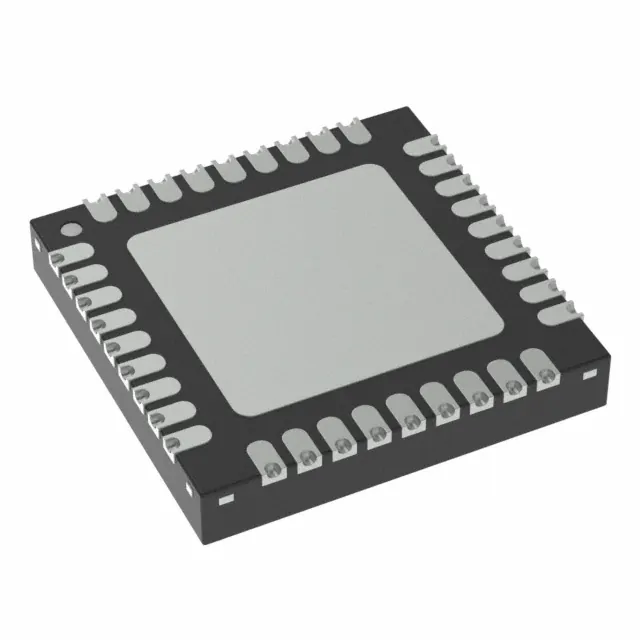 Semiconductors
Semiconductors









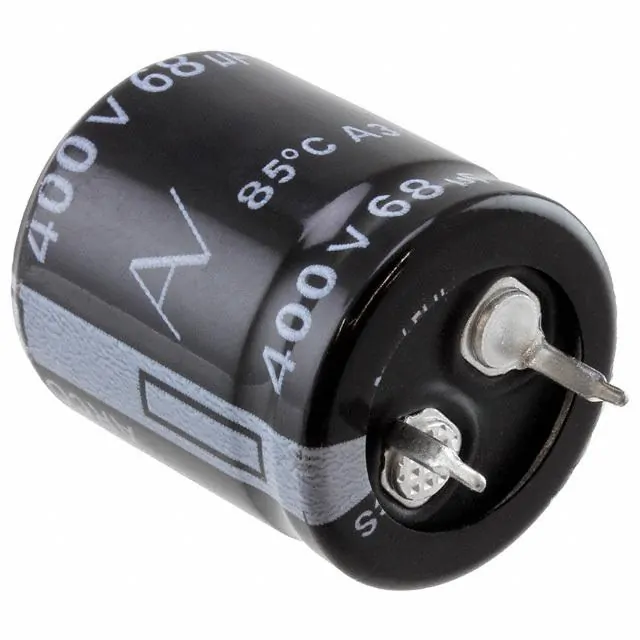 Passive Components
Passive Components









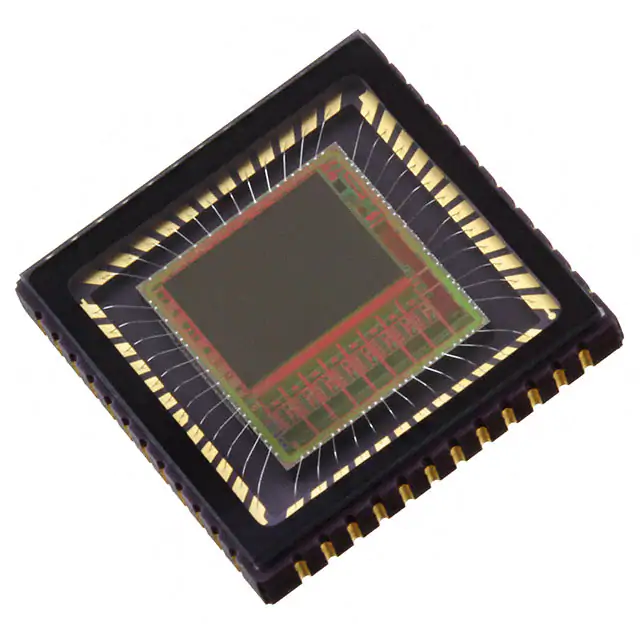 Sensors
Sensors








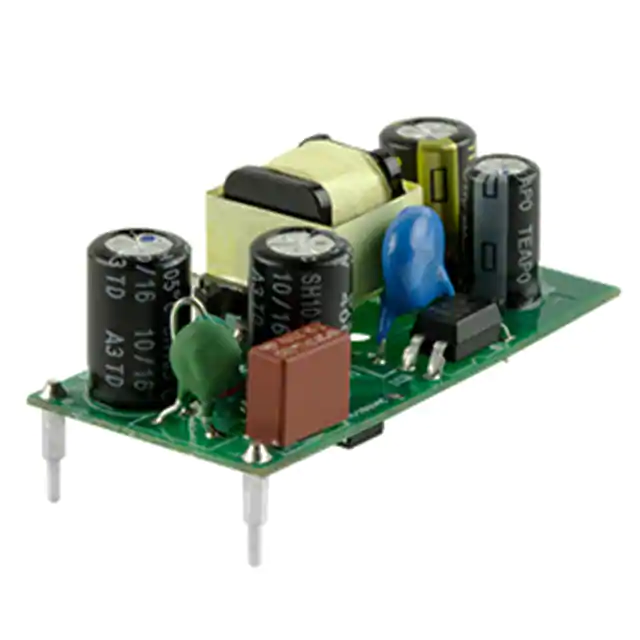 Power
Power









 Optoelectronics
Optoelectronics








